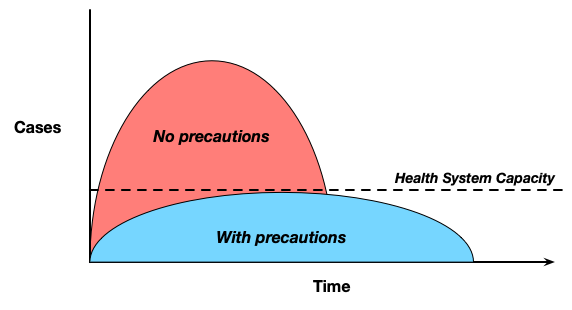So I was talking to my brother the other day. He is a community college instructor (and, now, department chair). He was telling me about taking his class online (like so many others). I of course offered some suggestions, and he opined that I could (and should) be helping others too. Which, of course, I agree with, because that’s what I do. So, here, is a brief summary of my experience taking courses online. Because, owing to circumstances, I do have some availability.
My background is deeply steeped in applying learning science to technology-mediated experiences. To start, I saw the opportunities and designed my own major in the topic. After some work, I obtained a Ph.D. because I wanted to know more about cognition and learning. And I’ve been doing it for decades now, both academic and organizational. I not only taught, but was asked to lead my university’s learning technology committee.
I stepped away from the university to assist first one, then another initiative in online learning. For one, I set the learning design (policies and plans) to spin up an agency to support national online learning. For the latter, I led the learning design effort to get an innovative course online. At the same time, I was assisting and leading other initiatives. These include an online learning competition, advising other orgs, and creating an online learning quality assessment.
I came back to the US to lead the development of an adaptive learning platform for online courses. Since then, I’ve been assisting many orgs in a wide variety of roles around online learning. I’ve guided the design of online content for high school curricula, advised on improving design processes for a courseware provider, and guided an online program manager to incorporate learning science in their practices.
Along the way, I’ve continued to lead in technology approaches, including games and mobile (and wrote the books on each topic ;). And I’ve maintained a reputation for staying on top of learning science as well, recently writing a book on myths around learning science. My work’s been recognized, with invitations to speak nationally and internationally, as well as being the first recipient of the eLearning Guild’s Guild Master award. I’m noted as a clear communicator who helps folks ‘get’ the opportunities, and apply the principles to achieve desirable goals.
As you see, I’ve worked at every level, from helping design individual courses, to working with design processes and teams, to looking at organizational approaches and issues. And I’ve demonstrated a commitment to design solutions that leverage the best learning design to achieve engaging experiences with meaningful outcomes under pragmatic constraints. And I’m adept at working virtually, which I’ve been doing for a long time in many ways.
So, I’d like to help you! Whether it’s working serially on courses, assisting a team get on top of best principles, or conducting sessions to assist your instructors, I’m willing to be flexible to figure out the best ways to help you make the best changes quickly, not just the expedient ones. In the long term, you still want effective learning design and engagement, because it matters to your learners and your reputation.
The opportunity to get better quickly is on tap. I’ve spent my entire career caring about making good learning happen. Are you ready? Let me know.
This has been a public service announcement, we now return you to your irregularly scheduled blog.


